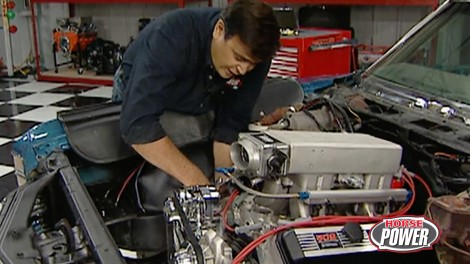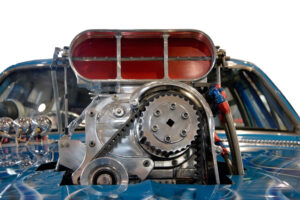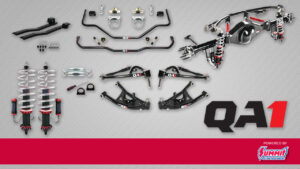
Install Day: '71 Chevelle Gets Its 502 Big Block, Transmission and Exhaust
Project Blue Thunder get it's power! We drop in the 502 GM big block along with installing headers, the transmission, and an exhaust system. We also give out some pin striping tips as a pro takes the paintbrush to our '32 roadster.
Season 3
Episode 4





























